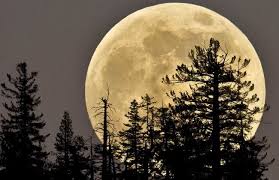
doesn’t have a perfectly circular orbit around the Sun, our moon follows an elliptical orbit as well. The point in the orbit when the moon is closest to Earth is called perigee. When the moon is full in this location, it is referred to as a perigee moon. Because of its proximity, it appears slightly larger and brighter and has earned the nickname of “super moon.” There are five of these th
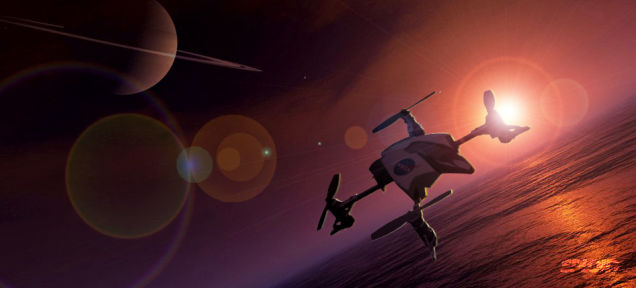
NASA wants to search Saturn's moon Titan for life but they're having trouble coming up with a good way to cover a large territory and obtain samples. Now they think they may have a good solution: A 22-pound quadcopter that will work from a mothership. After reading about it, it's a really cool idea. Larry Matthies—a Senior Research Scientist and the supervisor of the Computer Vision Group
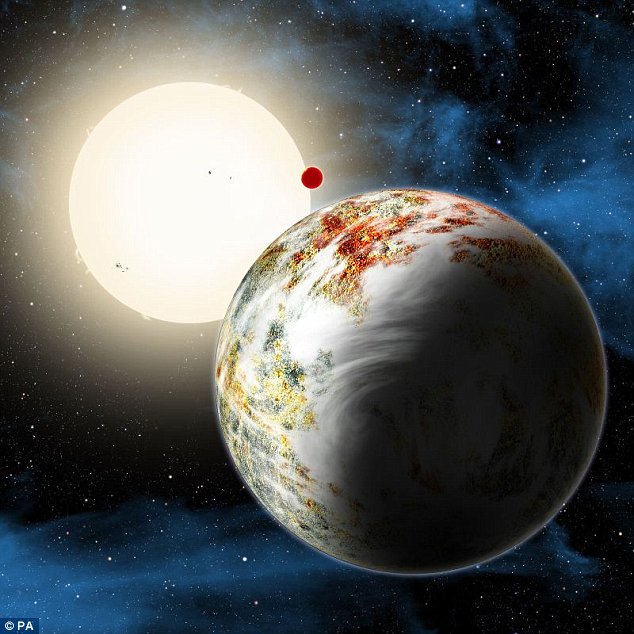
A new kind of ‘Godzilla’ planet - so-called because of its huge size - has been discovered 560 light years from Earth, raising hopes of finding rocky worlds that could sustain life. Named Kepler-10c, the planet is 17 times more massive than our planet, and has been named a 'mega-Earth'. Astronomers didn't believe such a world could exist because they believed anything so large would grab hyd
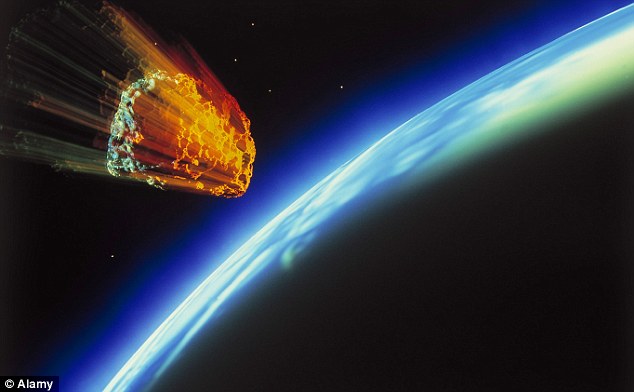
An asteroid the size of a bus came to within 186,000 miles of Earth - a close shave in cosmic terms - on Saturday morning. The recently-detected asteroid HL129 was closer to Earth than the Moon - which is on average 238,855 miles away from our planet - on its closest approach at 4.13am. The asteroid is about 7.6 metres wide, according to NASA's Asteroid Watch project based at the agency's Jet Pr
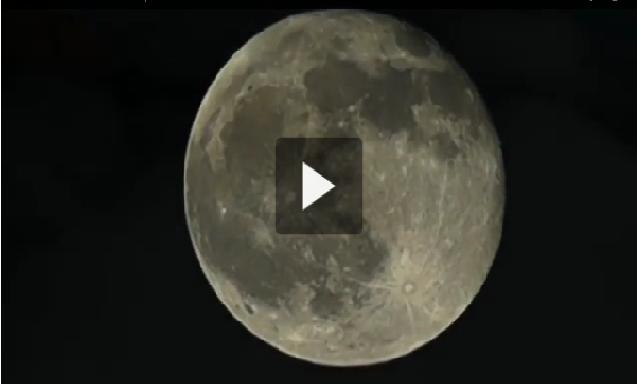
Beautiful Earth, Our Home In this video: Iguazu Falls, Grand Prismatic Spring Music: Up & Forward - Aquamarine (Vol Deeman Remix) Special Dedication: For you Alchera :-) Footage: HOME Project Sherpas Cinema; All I Can TSO Photography (Terje Sorgjerd) European Space Agency Wild Sweden - Look In My Eyes Beautiful World, Germany BBC Planet Earth Winged Migration Moon, Ephermer
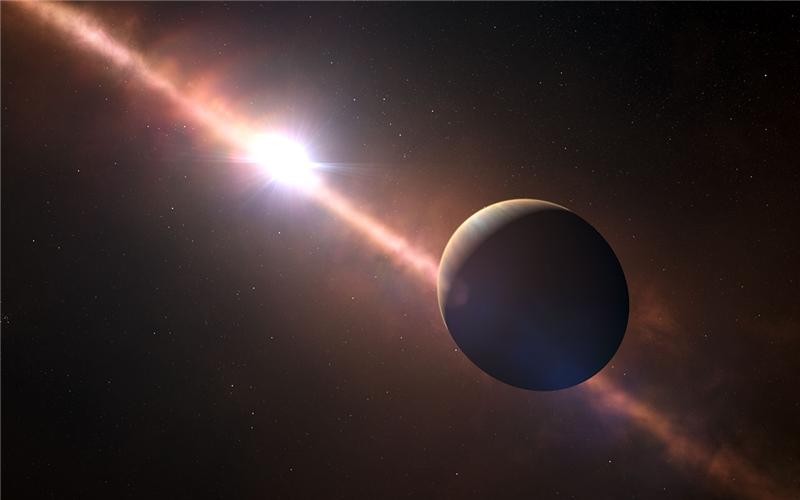
The planet β Pictoris b, at bottom left in this artist's impression spins faster than any planet in the Solar System. Credit: NASA/Goddard Space Flight Center/F. Reddy Astronomers have for the first time managed to detect the rotation of an extrasolar planet, by analysing the way its atmosphere filters light. This technique could also provide clues about planet formation. Ignas Snellen and

During the month of May, I shot Milky Way timelapse in central South Dakota when I had the time, and the weather cooperated. The biggest challenge was cloudy nights and the wind. There were very few nights, when I could shoot, that were perfectly clear, and often the wind was blowing 25mph +. That made it hard to get the shots I wanted. I kept most of the shots low to the ground, so the wind w
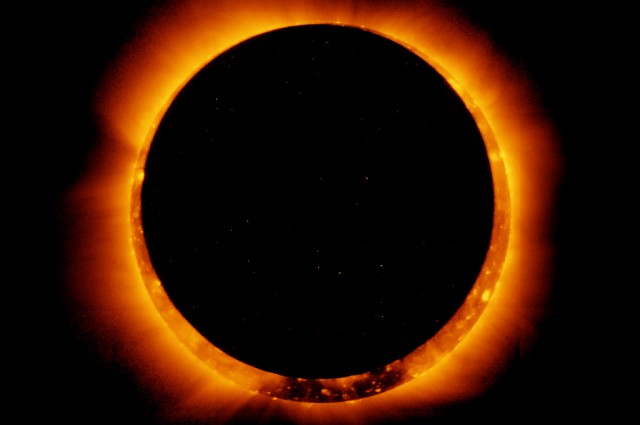
On Tuesday, April 29 at 0517 GMT, the moon will begin to eclipse the sun in the first of two total solar eclipses set to happen this year. When the moon is directly between the sun and the Earth, only the edges of the sun will be visible, resembling a “ring of fire.”
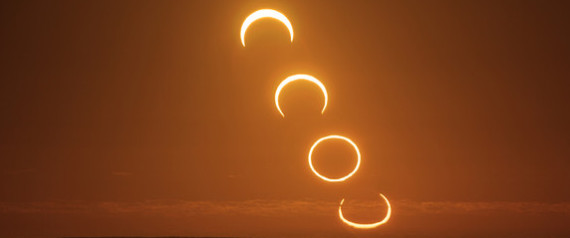
The Moon’s orbit about the Earth is not perfectly circular, so that at different times the Moon can be slightly closer or further away than usual. This composite shot shows the progress of an annular eclipse in May 2013. | Jia Hao/The National Maritime Museum The sun will look like a ring of fire above some remote parts of the world next Tuesday (April 29) during a solar eclipse, but most p
 Photographer Finds Locations Of 1960s Postcards To See How They Look Today, And The Difference Is Unbelievable
Photographer Finds Locations Of 1960s Postcards To See How They Look Today, And The Difference Is Unbelievable  Hij zet 3 IKEA kastjes tegen elkaar aan en maakt dit voor zijn vrouw…Wat een gaaf resultaat!!
Hij zet 3 IKEA kastjes tegen elkaar aan en maakt dit voor zijn vrouw…Wat een gaaf resultaat!!  Scientists Discover 512-Year-Old Shark, Which Would Be The Oldest Living Vertebrate On The Planet
Scientists Discover 512-Year-Old Shark, Which Would Be The Oldest Living Vertebrate On The Planet  Hus til salg er kun 22 kvadratmeter – men vent til du ser det indvendigt
Hus til salg er kun 22 kvadratmeter – men vent til du ser det indvendigt  Superknepet – så blir snuskiga ugnsformen som ny igen!
Superknepet – så blir snuskiga ugnsformen som ny igen!  Meteorite That Recently Fell in Somalia Turns Out to Contain Two Minerals Never Before Seen on Earth
Meteorite That Recently Fell in Somalia Turns Out to Contain Two Minerals Never Before Seen on Earth  Nearly Frozen Waves Captured On Camera By Nantucket Photographer
Nearly Frozen Waves Captured On Camera By Nantucket Photographer  It’s Official: Astronomers Have Discovered another Earth
It’s Official: Astronomers Have Discovered another Earth 